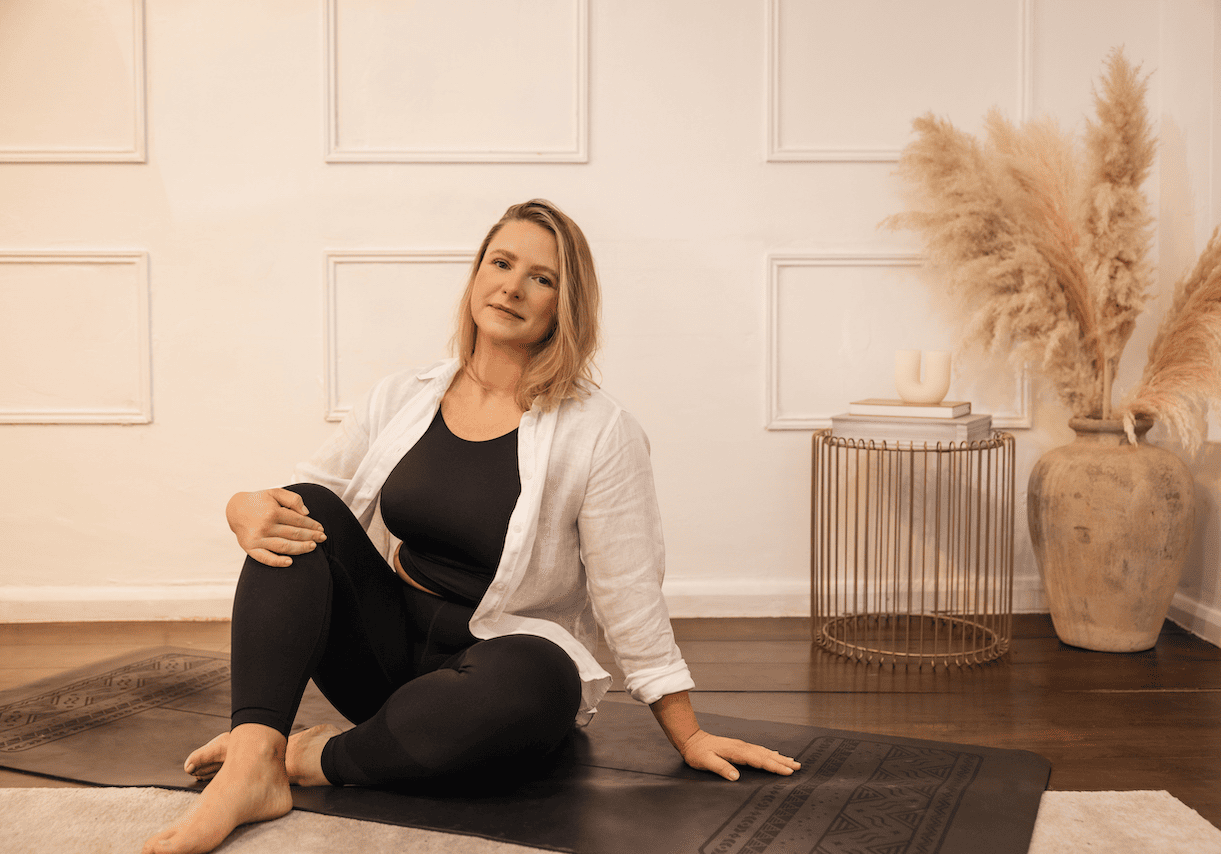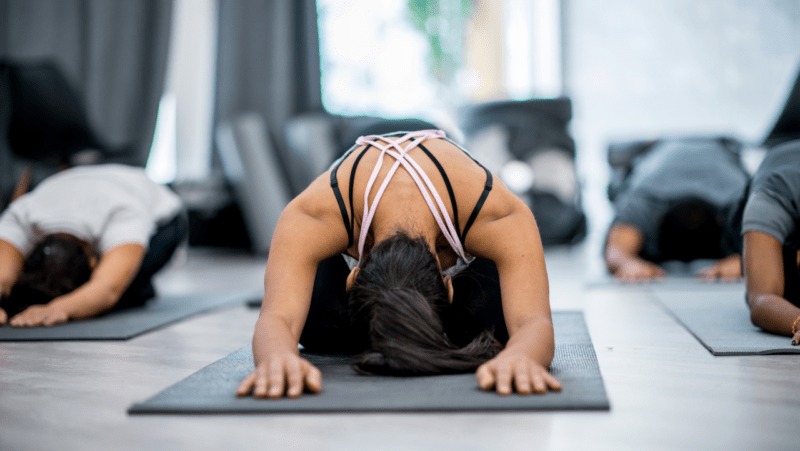
5 reasons why eliminating choice can you make you a better yoga teacher
Discover why limiting excessive choice in a yoga class can help students deepen their practice - By Olivia Cummins
Reading time: 5 minutes
I teach all-level yoga classes in London and, for most yoga teachers based in big cities, this will be the case for the majority of us. As such we’re faced with lots of differences. Different knowledge levels, experiences, goals, intentions, bodies, cultures and beliefs.
To cope with the melange of differences that we come face-to-face with everyday at our classes; we offer choice. For those who practice more regularly we offer options to challenge them while for those who are newer to yoga, we might ask them to focus on breath and mindfulness whilst offering different variations of postures. I can sometimes find myself offering three or four adaptations for what could be a single pose.
Whilst adaptability and sensitivity to an individual’s specific requirements are essential for any yoga teacher; recent findings suggest that excessive levels of choice can be detrimental. Research from British Physician, Dr Rangan Chatterjee, suggests that eliminating cognitive energy spent on unnecessary levels of choice can help to reduce micro-stresses that may eventually build up and have an adverse effect on our stress levels. According to Dr Chatterjee “research suggests we make 35,000 choices a day, and we often agonise over false choices, which add very little value to our lives.”
We might underestimate the number of micro-stresses that we encounter day-to-day, but choices as simple as what to wear that day, what to cook for dinner and what to choose on Netflix can build up leading us to snap at loved ones. Micro-stresses like this can be left outside of the yoga studio as we try to cultivate environments in which attendees can leave their daily pressures behind for an hour or so and focus on themselves. As well as this, sharing the practice of self-inquiry, or vichara as described in the influential Hindu philosophical text The Yoga Vasishta, requires a level of autonomy to enable self-study (svadhyaya) and to help develop self-awareness.
With this in mind, here are 5 reasons why eliminating unnecessary choices in the yoga studio might make you a better yoga teacher.
1. Focus on essential teachings and simplify decision making
By limiting choices, you can prioritise the fundamental teaching of your class and present a clear and cohesive message. Too many choices can overwhelm students and hinder their progress. By eliminating unnecessary options, you can make it easier for them to make decisions, leading to a more streamlined and focused session that allows for a deeper understanding of the practice.
2. Cultivate discipline and create a supportive environment
Restricting choices can encourage students to develop discipline and commitment to their practice. When faced with fewer options, they are more likely to stay consistent and dedicated, which ultimately enhances their progress and growth. By removing excessive choices, you also create a structured and supportive atmosphere where students can focus without being distracted or overwhelmed by decision-making which can foster a sense of safety and trust.
3. Deepen mindfulness
By reducing external choices, students can turn their attention inward and cultivate a deeper sense of mindfulness. With fewer external distractions, they can become more attuned to their breath, body and present moment experience.
4. Encourage self-inquiry and self-study (svadhyaya)
Removing excessive choices prompts students to explore their own preferences, limitations and areas of growth. This autonomy of choice encourages self-reflection and introspection, deepening their understanding of themselves and their practice. Often in the practices I lead, those who attend regularly take their own options and make their own choices based on how they feel that day which I encourage.
5. Promote contentment (santosha) and inner peace
In yoga philosophy, the Niyamas of Pantajali’s Eight Limbs of Yoga help us to foster a more positive relationship with ourselves. The second Niyama is the concept of Santosha or contentment. By eliminating choice, you guide students towards contentment with what is present, rather than constantly seeking external options. This promotes a sense of inner peace and acceptance.
Remember that while limiting excessive choices can have benefits, it’s also important to strike a balance and provide appropriate options where necessary for students with specific needs. Adaptability and sensitivity to individuals are crucial for yoga teachers, but removing surplus choice can cultivate an environment that allows students to choose for themselves and deepen their practice.







